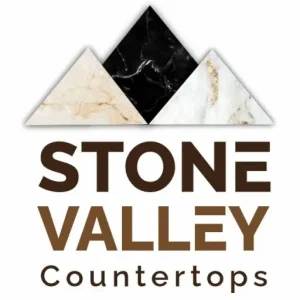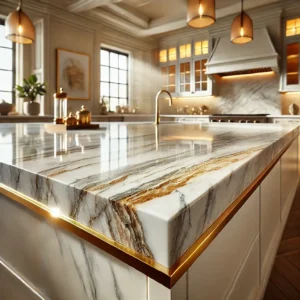Printed Quartz: A Revolutionary Trend in Surface Design
Printed quartz is the latest innovation in countertop materials, combining advanced digital technology with the durability of engineered surfaces. This exciting development allows homeowners and designers to achieve detailed patterns and unique designs directly on quartz countertops. It offers the look of natural materials like marble or granite, while maintaining the practical benefits of engineered quartz.
Understanding the Process
The creation process involves several precise steps to ensure both beauty and long-lasting durability:
Quartz Base: The foundation is made from crushed quartz mixed with resins and pigments. This creates a strong, non-porous surface that resists stains and everyday wear.
Digital Printing: High-resolution printers apply intricate designs directly onto the quartz base. This allows for versatility in design, whether you’re aiming for marble-like veining or the look of rugged stone.
Finishing Touches: After printing, the surface undergoes sealing and polishing to protect the design and provide a smooth, glossy finish.

Advantages of Digitally Printed Quartz Surfaces
This innovative material offers several benefits for homeowners and designers:
Endless Design Possibilities: Digital technology allows for a wide range of patterns and colors, including realistic imitations of natural stones.
Consistency: Unlike natural stone, which can have unpredictable variations, this process ensures a consistent design throughout the slab.
Durability: As with other engineered quartz surfaces, these countertops are highly durable and resistant to scratches. The sealant applied during finishing adds even more protection.
Things to Consider
Before choosing this material, it’s important to consider the following:
Cost: The advanced technology involved in creating these designs can make this material more expensive than standard quartz options.
Texture Limitations: While the designs are visually striking, they may not completely replicate the depth and texture of natural stones like marble or granite.
For more on how this surface compares to natural stone, check out this guide on quartz countertop materials.







